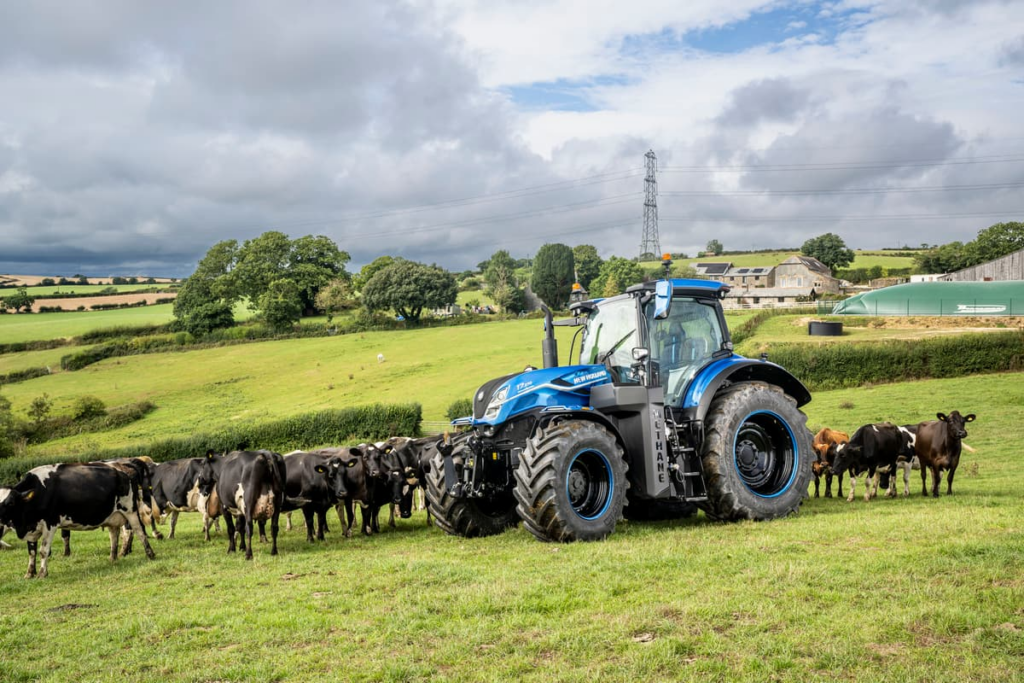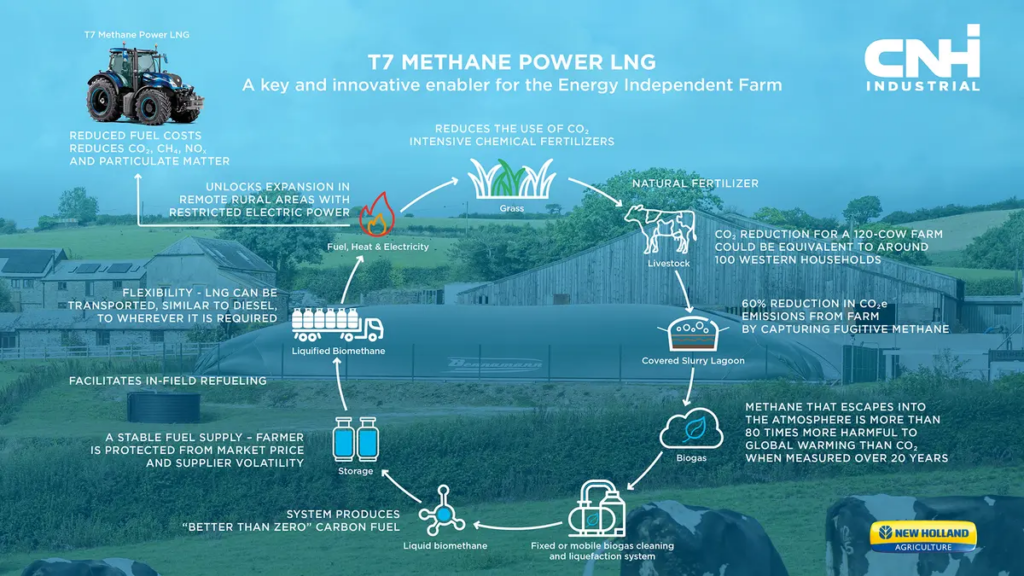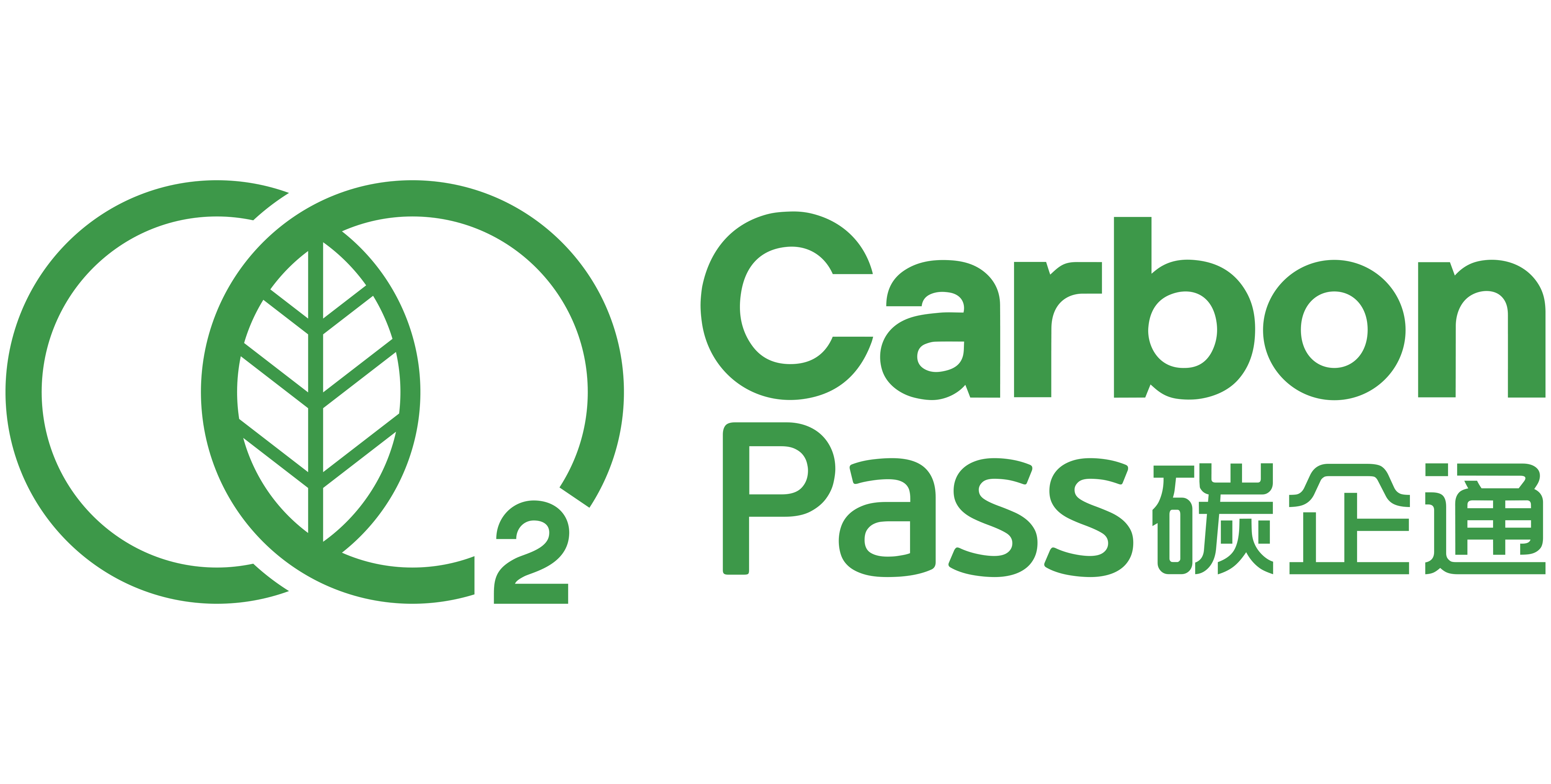Manure-Powered Tractors Cut Farm Emissions
New Holland Agriculture has announced a new tractor designed to run on fuel generated on-site using cow manure. The T7 methane-powered LNG provides the same power and torque as a diesel tractor, but it is part of a system that dramatically reduces emissions.

The system, which new holland is working with the british company bennamann, goes something like this: farmers collect as mund dung as manure, and instant Ead of USing It Directly As Frtilizer, They Pump It Into Large Tanks or Covered Lagoons. ANAER Obic Organisms eat the lumps and produce methane, which is mostly methane.
The Gas is Captud and Purified Into Biomethane, Which Can Be Used Around the Farm WHERE NATURAL GAS NORMALLY Use. ALTERNATIVELELY, it can be compressed and li. QUEFIED INTO LIQUEFIED NATURAL GAS, OR LNG, Which Needs to Be Kept in Cryogenic Tanks at - 162 °C (-260°F). This can be sold as a product or used directly to run a purpose-built engine. The solid remainder of the waste is used as fertilizer.
The T7 methane powered LNG is currently a concept tractor, but according to New Holland, it is the first tractor in the world designed to run on LNG, allowing farmers to create their own fuel.
According to the 2018 study in Applied Energy , producing and selling biomethane only starts to make economic sense once the operation exceeds 3,600 head of cattle because of the expensive equipment required for biogas purification and liquefaction. Bennamann appears to h ave a solution here, in the form of a mobile device that can go from farm to farm to convert captured biogas to LNG on a regular basis. The company also sells the cryogenic tank systems needed to keep liquefied natural gas at temperature.

Environmentally speaking, the impact of this is significant. In the short term, methane is a more powerful greenhouse gas than carbon dioxide. Over a 20-year period, a kilogram of methane in the air would have a warming effect more than 80 times stronger than a kilo of carbon dioxide -- carbon dioxide would only surpass it on a scale of thousands of years, because methane breaks down faster.
Capturing all the methane emissions from cow manure, turning them into liquefied natural gas, and running them through tractor engines isn't a completely clean process; the tractor exhaust still contains carbon dioxide. But by effectively capturing and converting lar ge amounts of methane emissions into carbon dioxide emissions, as well as preventing the burning of the fossil fuels that would otherwise run tractors, the environmental outcome is significantly better. "A farm with 2 cows could save about 120 western families in CO2," New Holland said.
Article source: New Holland , Bennamann


